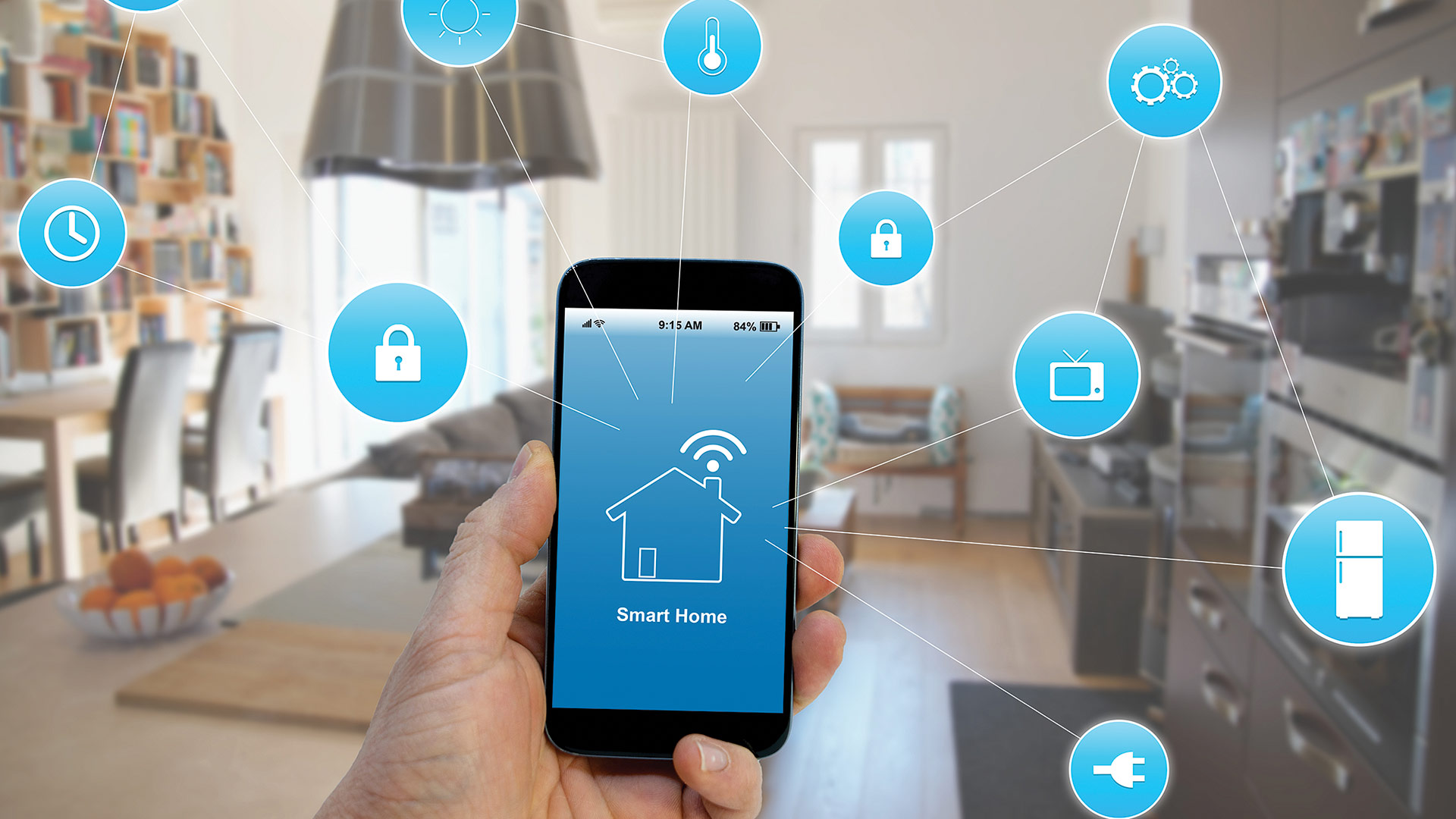Bgroho Insights
Your daily source for news, tips, and inspiration.
Are Smart Homes Just a Trendy Myth?
Discover the truth behind smart homes! Are they revolutionary or just a passing fad? Uncover the reality in our latest blog post.
The Reality of Smart Homes: Are They Worth the Hype?
The concept of smart homes has rapidly gained traction in recent years, promising enhanced convenience, security, and energy efficiency. With the ability to control everything from lighting to security systems through a smartphone, many consumers find themselves enticed by the potential to simplify their lives. However, the reality of living in a smart home can be quite different from the marketing hype. Issues such as interoperability between devices, privacy concerns, and the potential costs of installation and maintenance can diminish the appeal of these high-tech solutions.
When considering whether smart homes are worth the hype, it's essential to evaluate not only the benefits but also the drawbacks. On one hand, features like automated heating and cooling systems can lead to significant energy savings, while smart security devices can provide peace of mind. On the other hand, the dependence on technology, frequent software updates, and potential compatibility issues can turn into inconveniences. Ultimately, the decision to invest in a smart home should be based on individual lifestyle needs and the willingness to embrace both the benefits and challenges that come with this technological leap.

Debunking the Myths: What a Smart Home Really Means
In the age of technology, the term smart home often conjures up images of futuristic gadgets and automated systems that can manage your life with minimal human intervention. However, the reality is much more nuanced. A smart home is not just about having voice-activated assistants or smart lighting; it's a comprehensive ecosystem that enhances convenience, energy efficiency, and security. For many, the most significant myth is that smart homes are solely for tech enthusiasts or affluent individuals. In fact, with the rising accessibility of smart devices, anyone can transform their living space into a more efficient and comfortable environment.
Another common misconception is that a smart home requires extensive renovations or complex installations. While certain smart systems can be integrated into existing structures, there are numerous plug-and-play devices that can be easily set up without professional help. From smart thermostats to security cameras, many options are designed for simplicity and ease of use. In essence, debunking these myths reveals that a smart home is not just about invasive technology but rather about enhancing the quality of everyday life through thoughtful integration of smart solutions.
Are Smart Homes Sustainable or Just a Passing Trend?
As technology continues to evolve, the concept of smart homes has gained significant attention, leading many to wonder whether they represent a sustainable solution for modern living or simply a fleeting trend. Smart homes leverage interconnected devices to optimize energy use, reduce waste, and enhance convenience. For instance, smart thermostats can learn and adapt to homeowners' habits, automatically adjusting temperatures to increase energy efficiency. According to recent studies, implementing such technologies can cut energy consumption by up to 20%, making them not only beneficial for the environment but also appealing from a financial perspective.
However, the long-term sustainability of smart homes raises important questions. Critics argue that the production and disposal of smart devices contribute to electronic waste, undermining their purported ecological benefits. Additionally, the reliance on constant internet connectivity and cloud-based systems can lead to increased energy consumption on a larger scale. As we examine the future of smart homes, it becomes clear that their value lies not just in technology but also in how responsibly we adopt and integrate these systems into our lives. For smart homes to truly be sustainable, developers must focus on creating energy-efficient systems that prioritize longevity and recyclability.